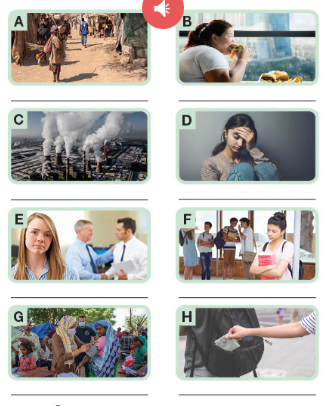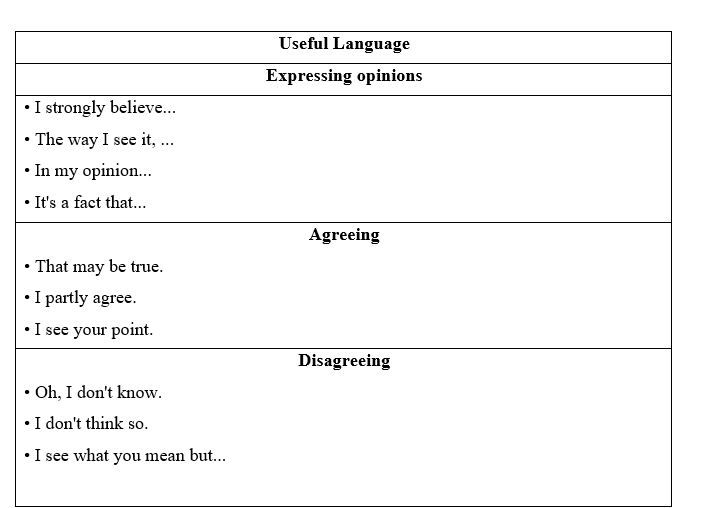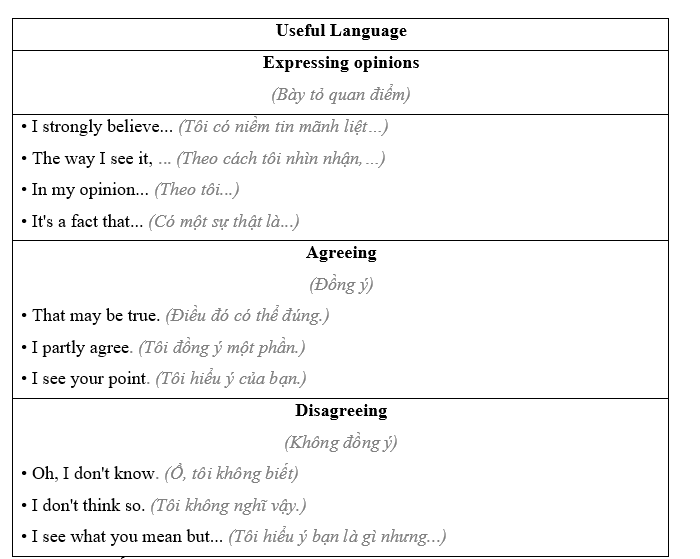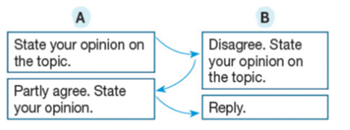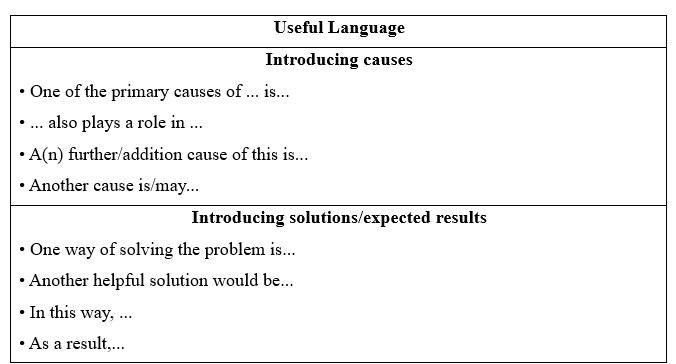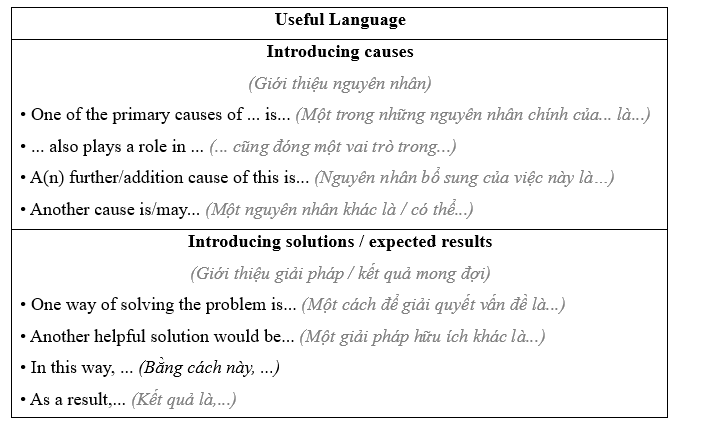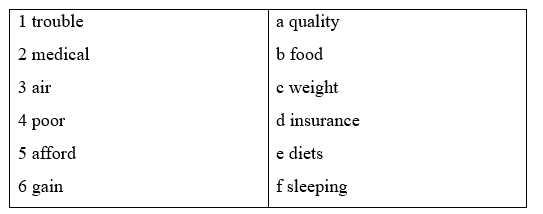HELLO!
Bài tập Hello!
UNIT 1. GENERATION GAPS AND INDEPENDENT LIFE
Bài tập Unit 1
UNIT 2. VIETNAM AND ASEAN
Bài tập Unit 2
UNIT 3. GLOBAL WARMING AND ECOLOGICAL SYSTEMS
Bài tập Unit 3
UNIT 4. PRESERVING WORLD HERITAGE
Bài tập Unit 4
UNIT 5. CITIES AND EDUCATION IN THE FUTURE
Bài tập Unit 5
UNIT 6. SOCIAL ISSUES
Bài tập Unit 6
UNIT 7. HEALTHY LIFESTYLES
Bài tập Unit 7
UNIT 8. HEALTH AND LIFE EXPECTANCY
Bài tập Unit 8
REVIEW
Bài tập Review
Giải SGK, SBT Unit 6. Social Issues Bright
Giải SGK, SBT Unit 6 Bright
57 câu hỏi
Tự luận




